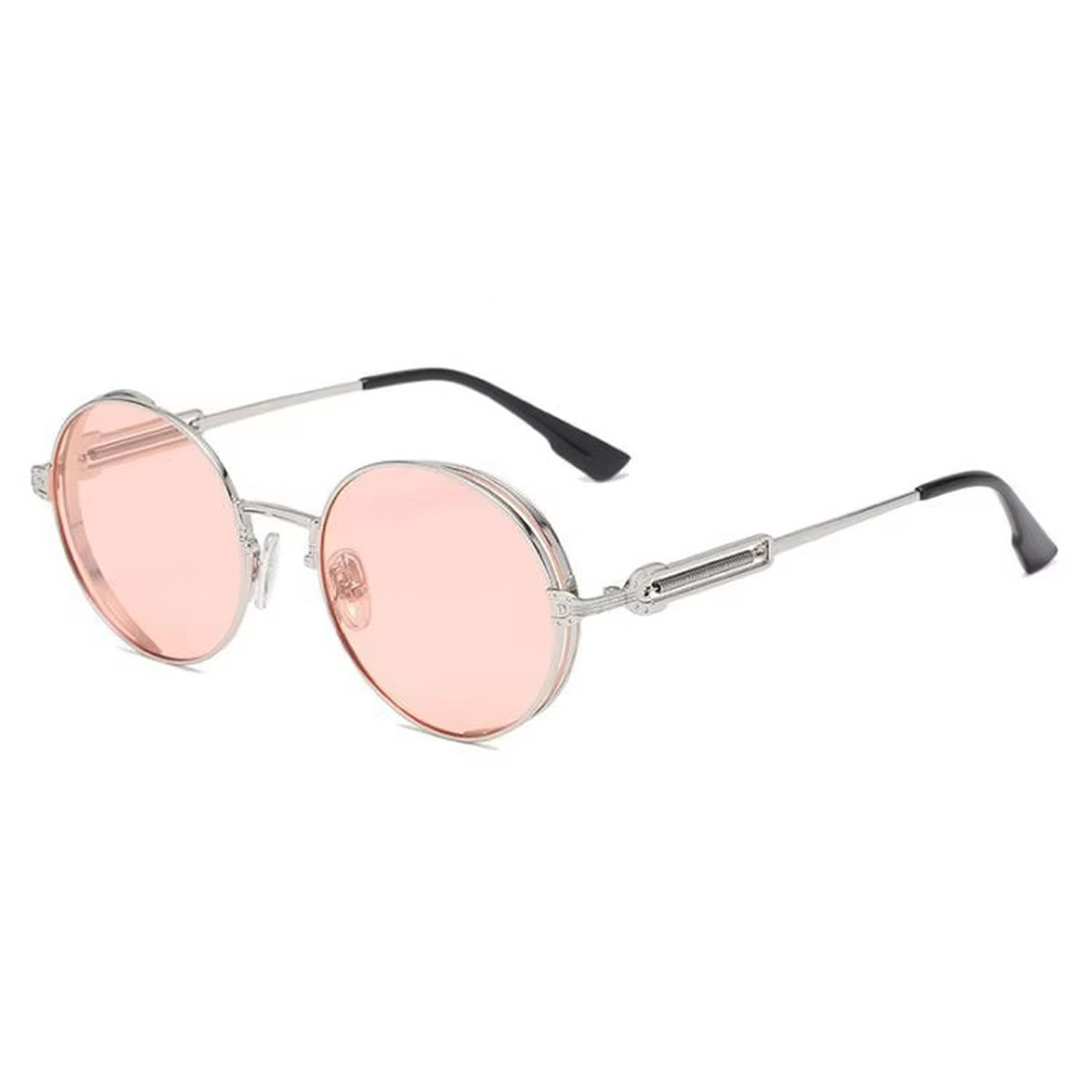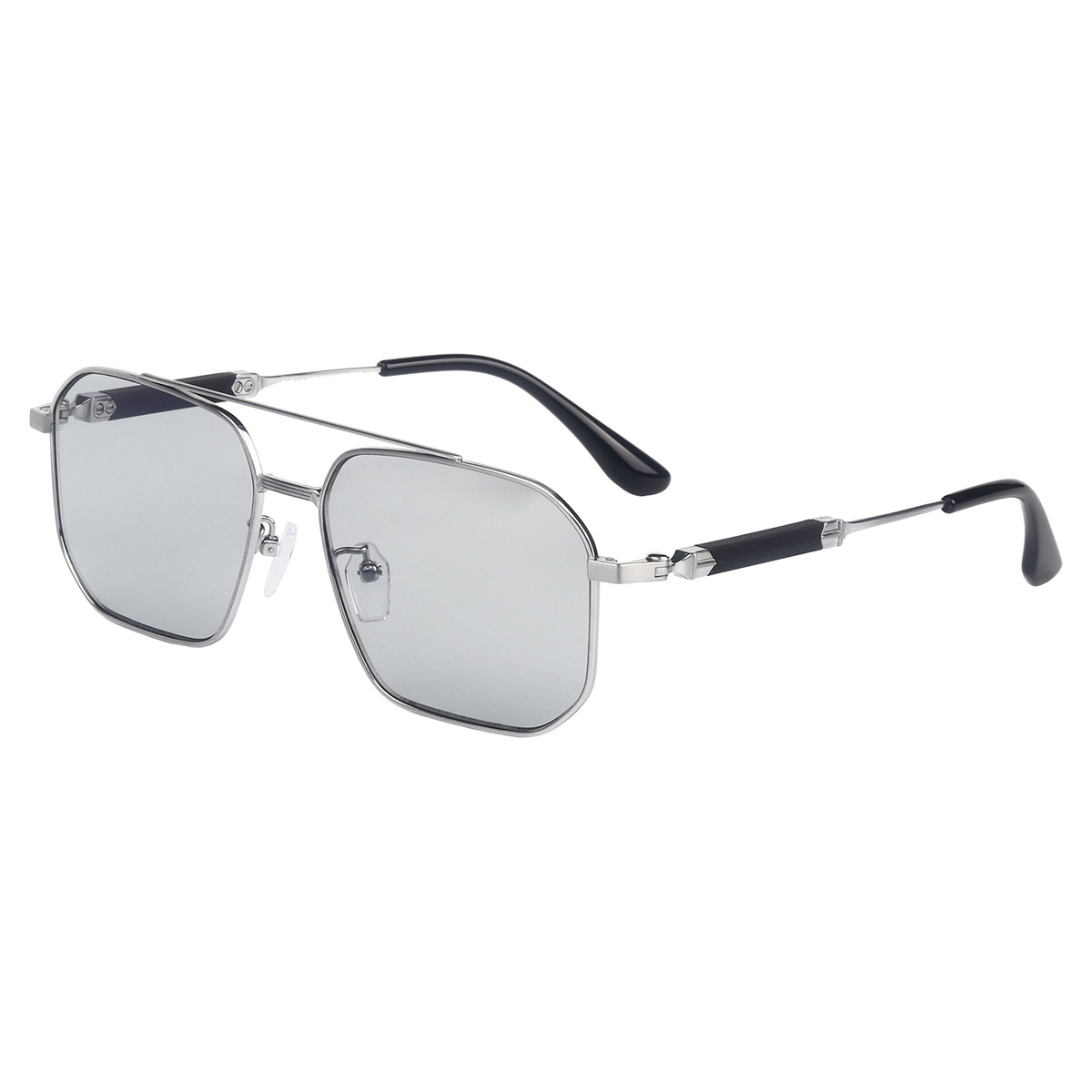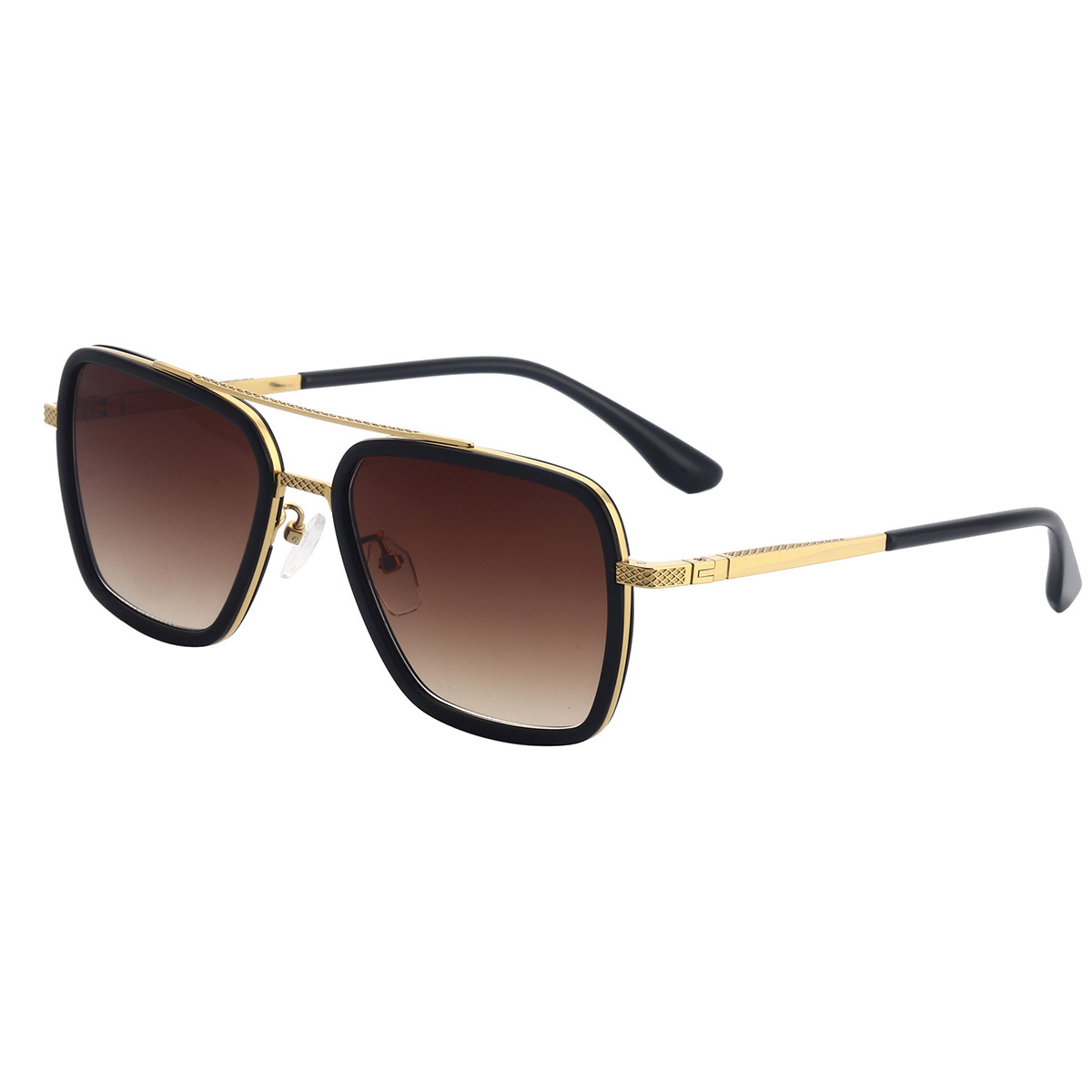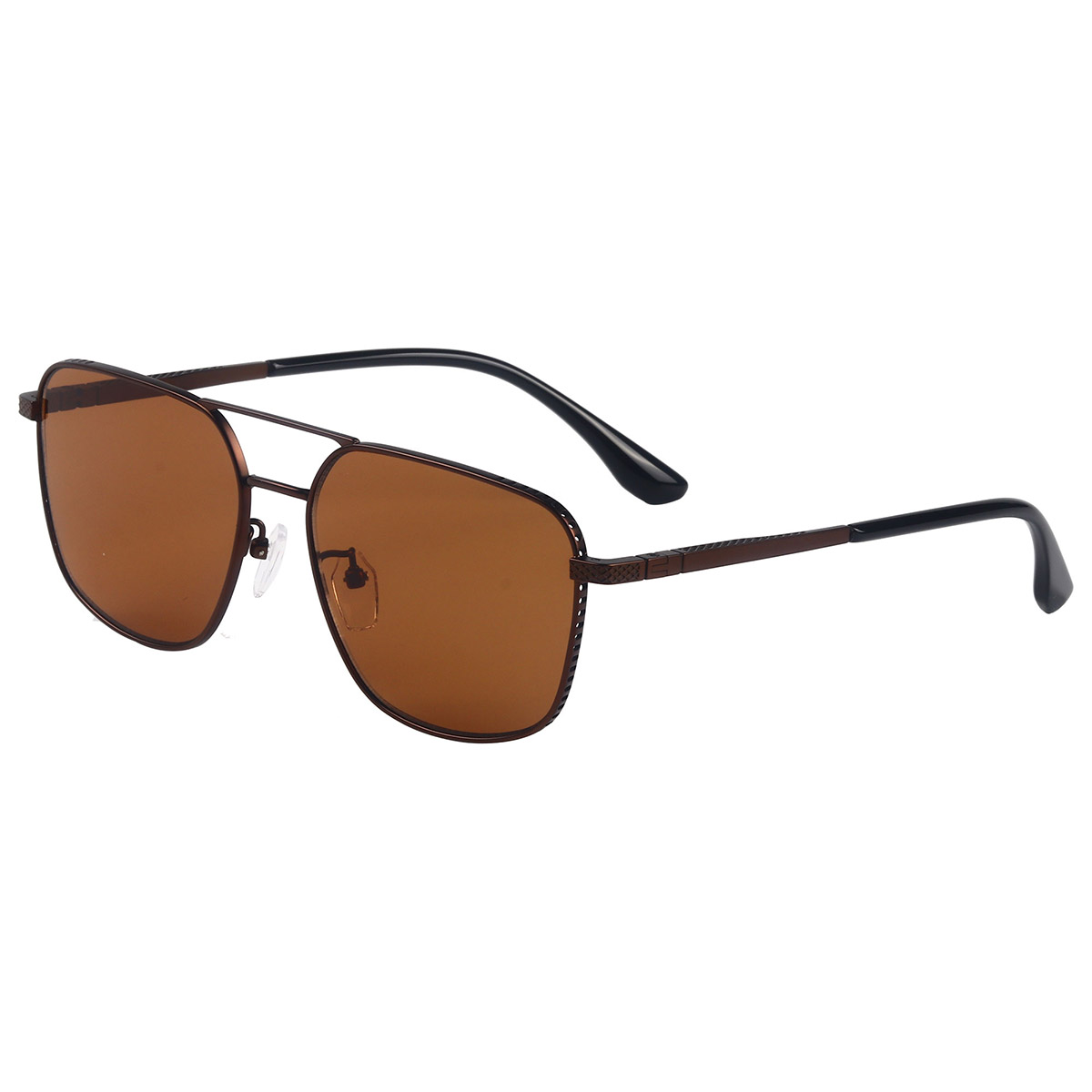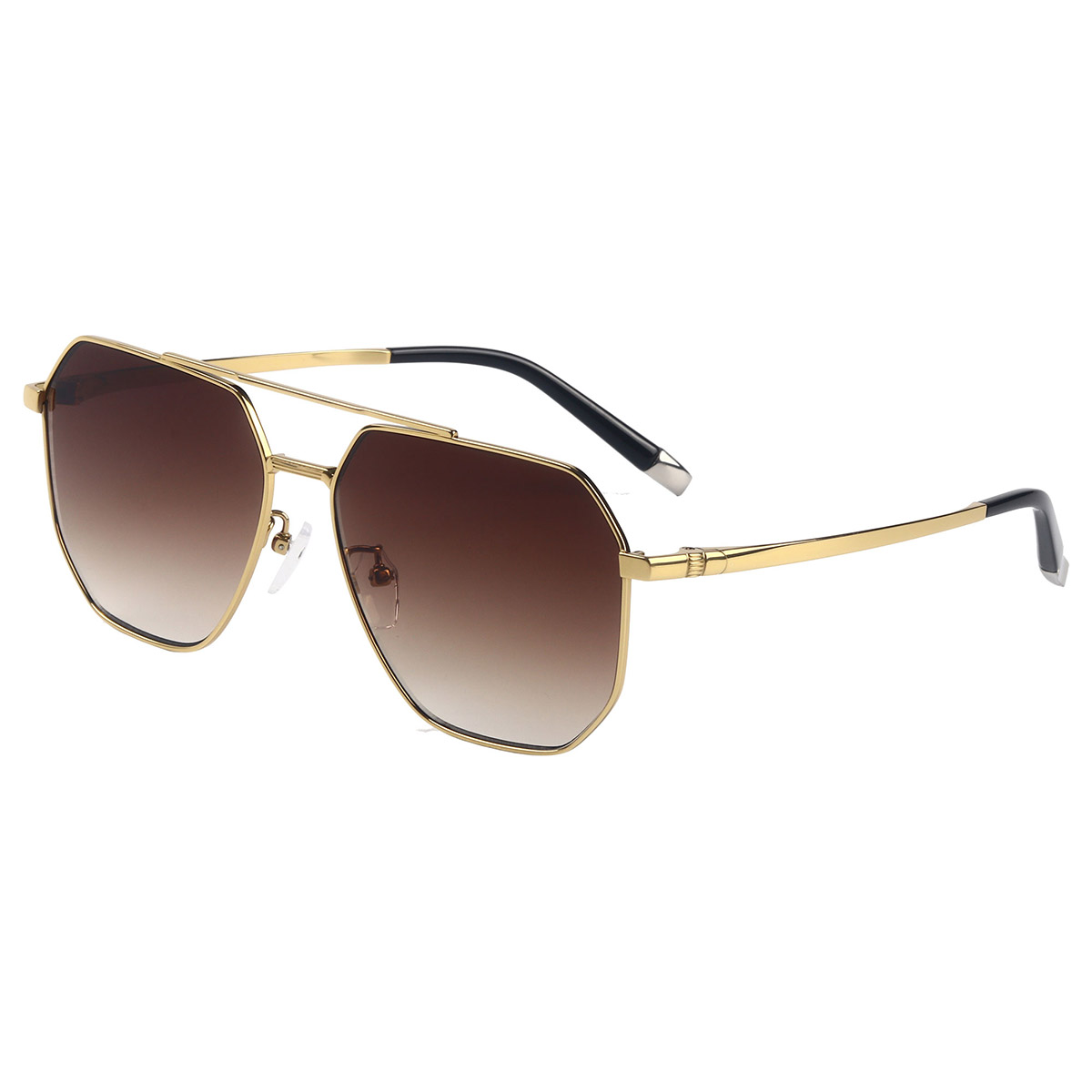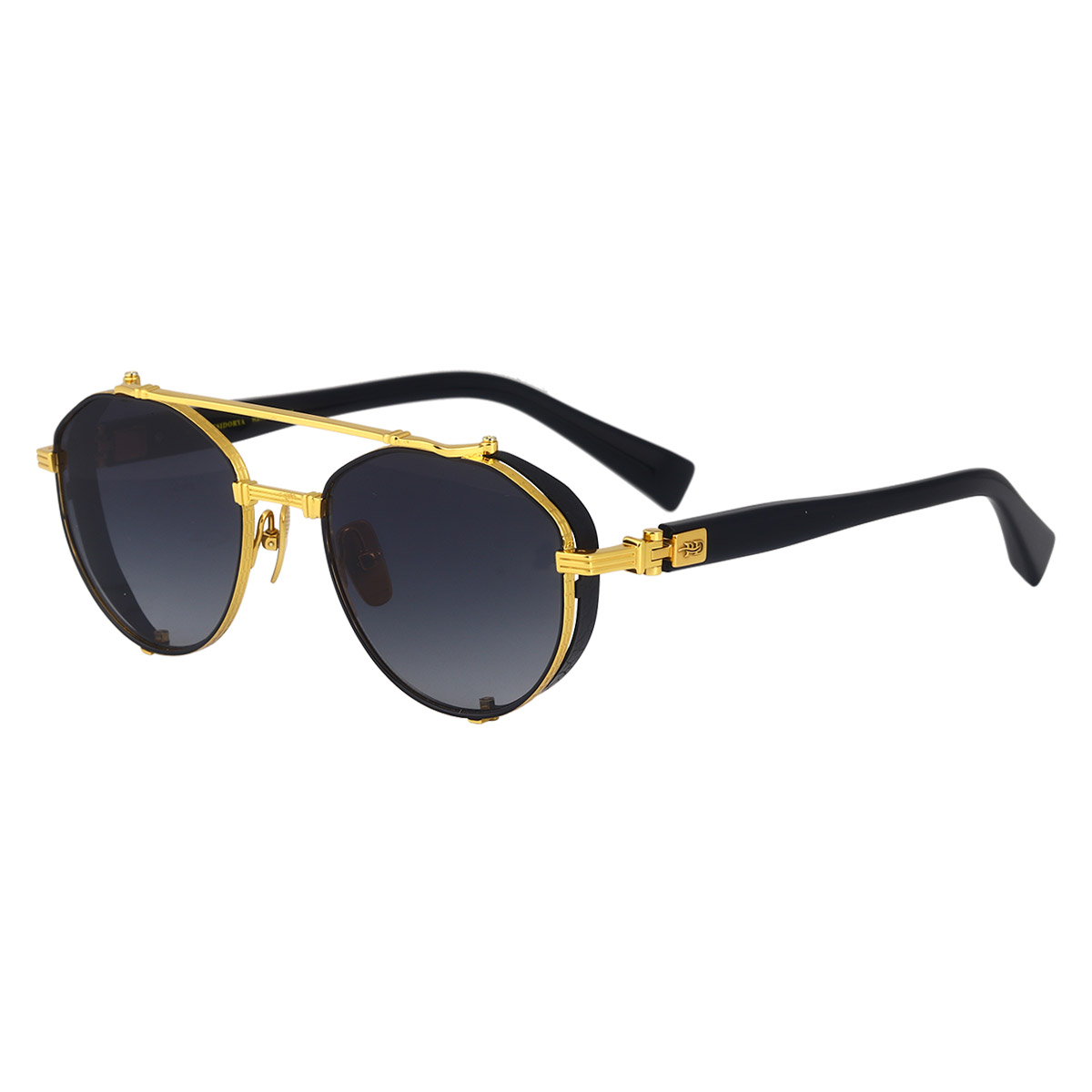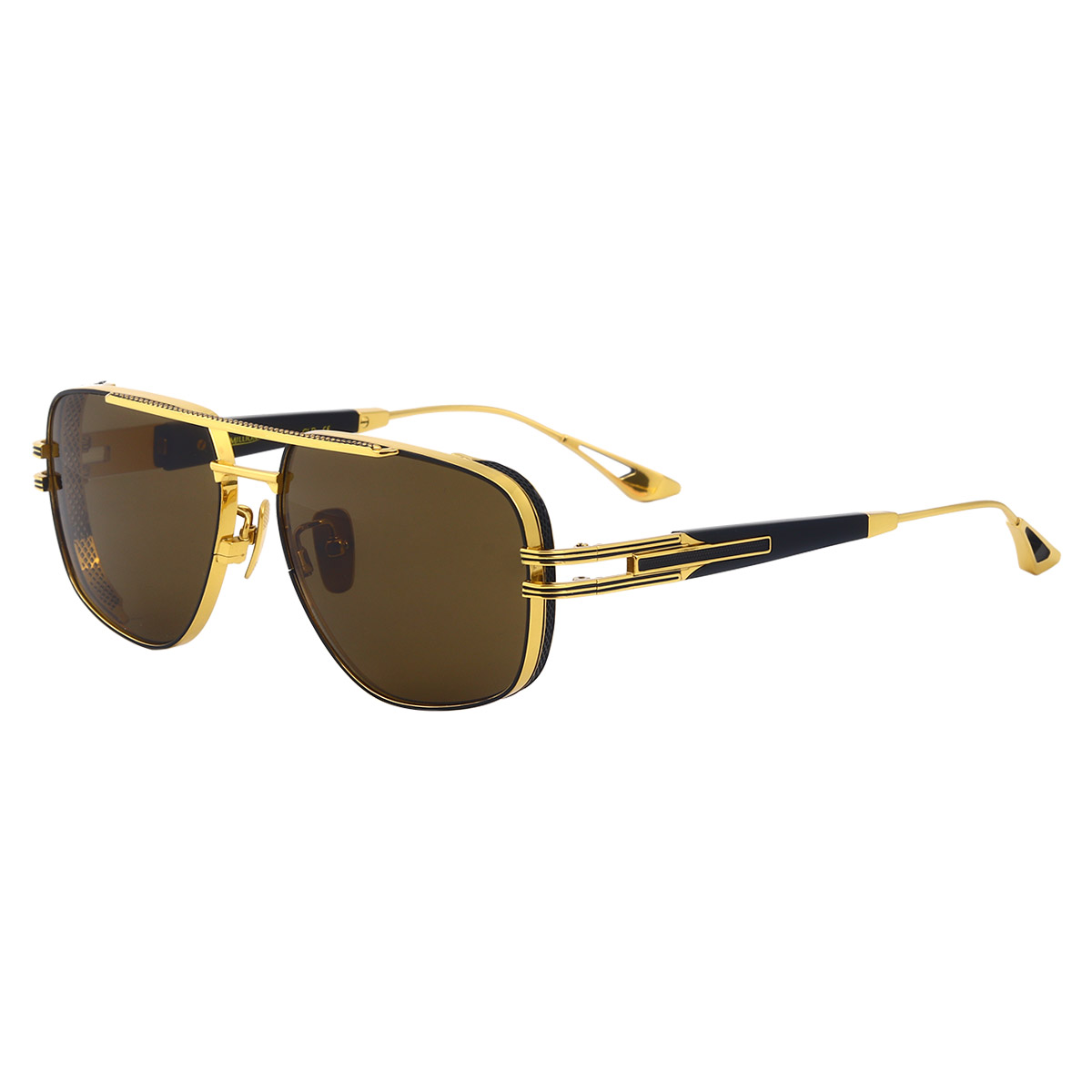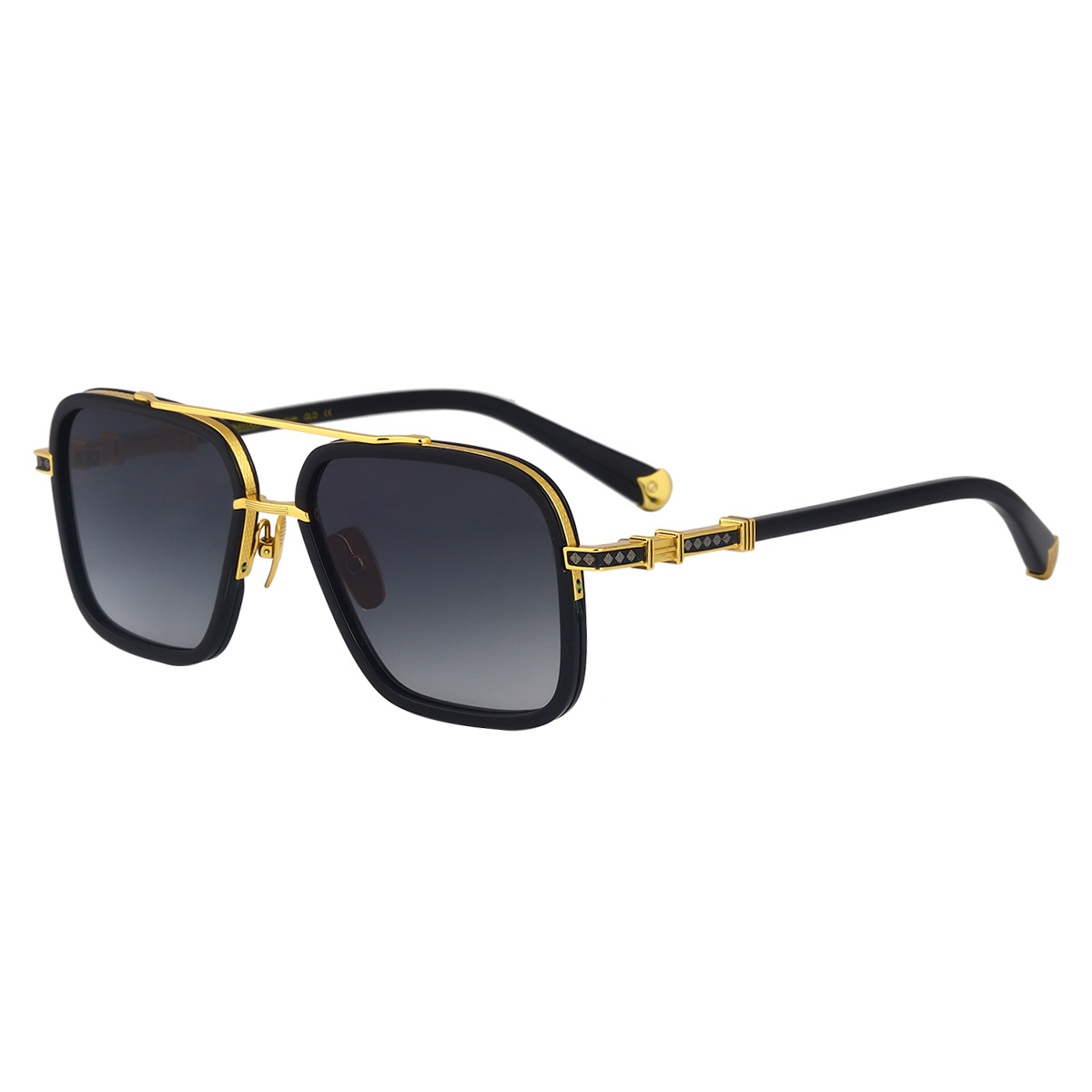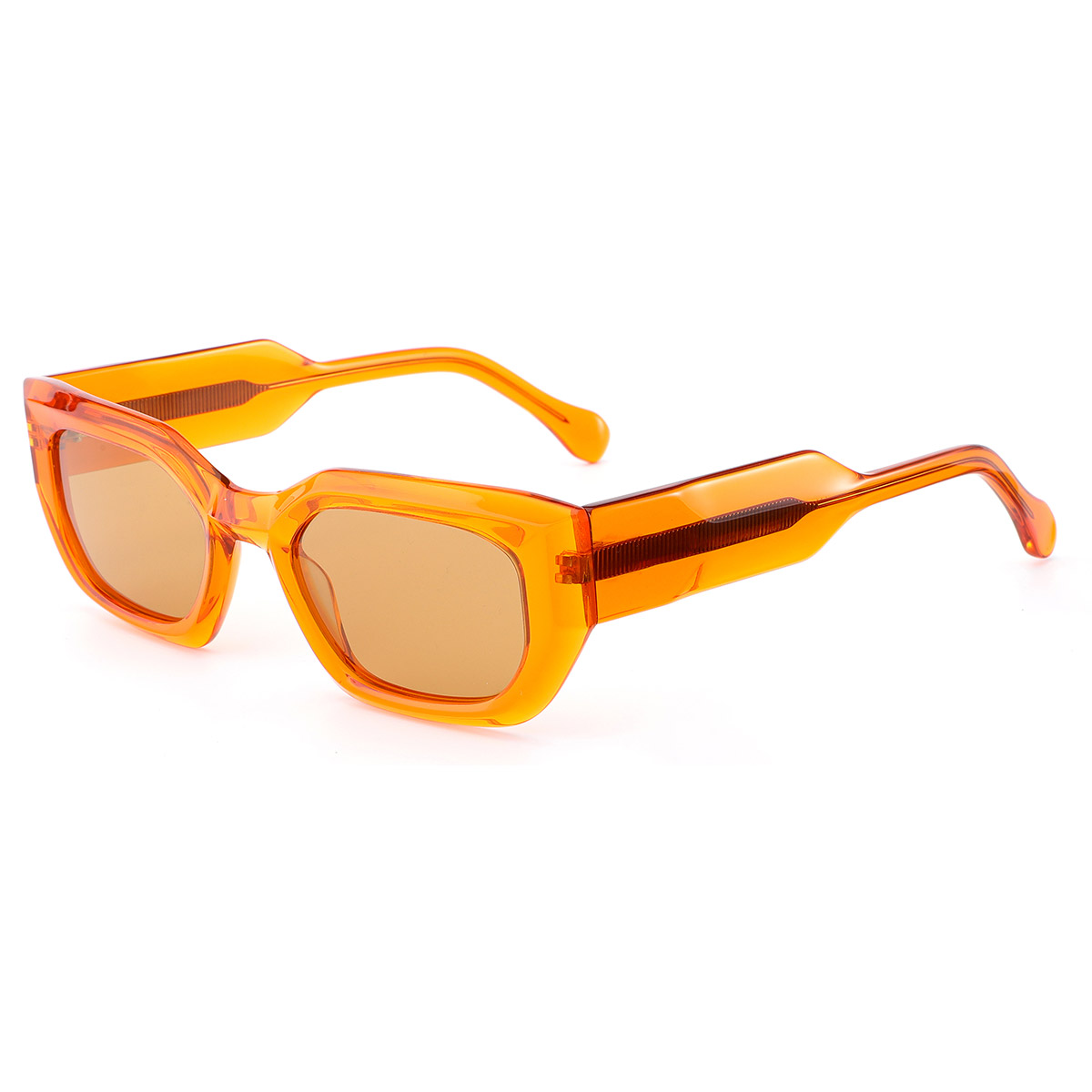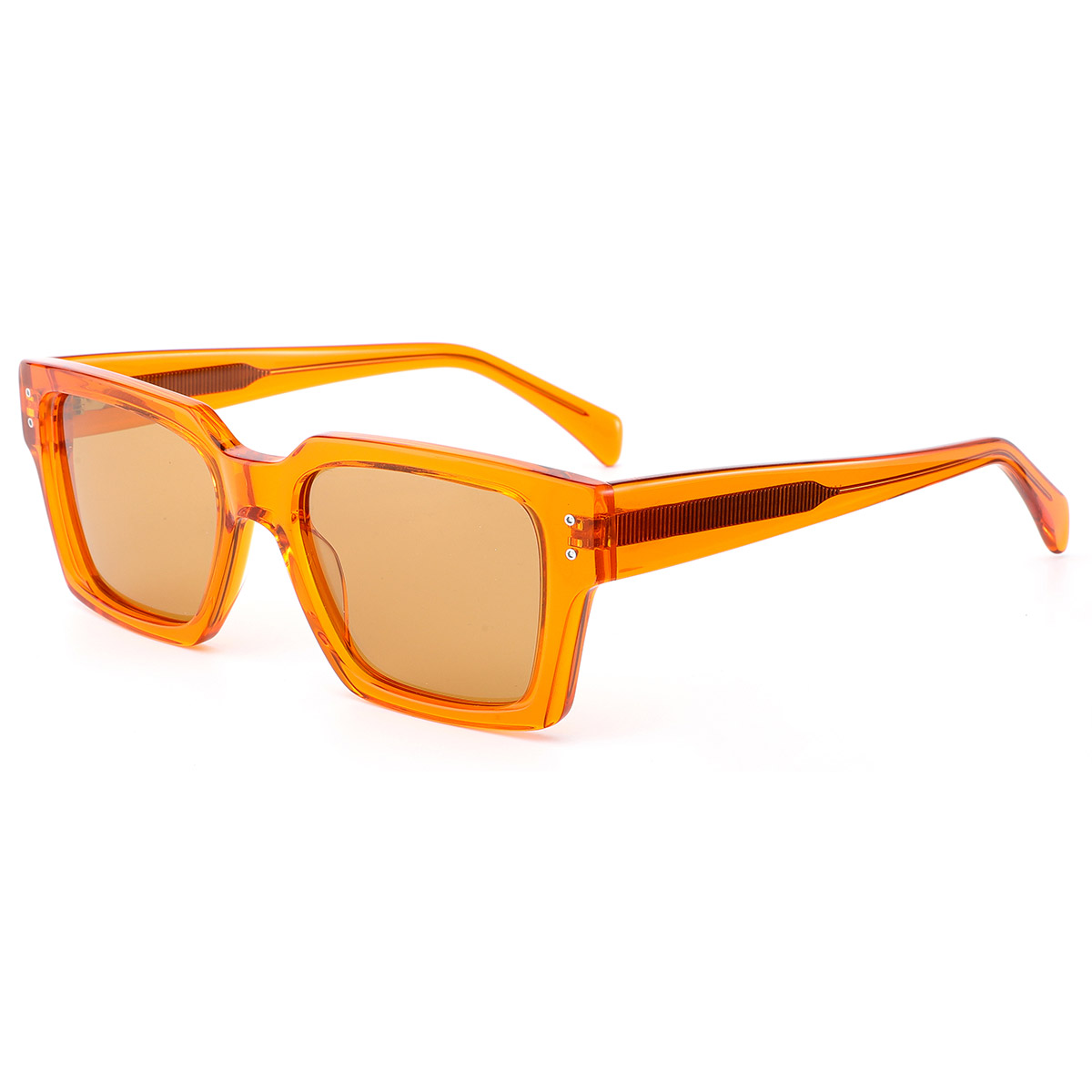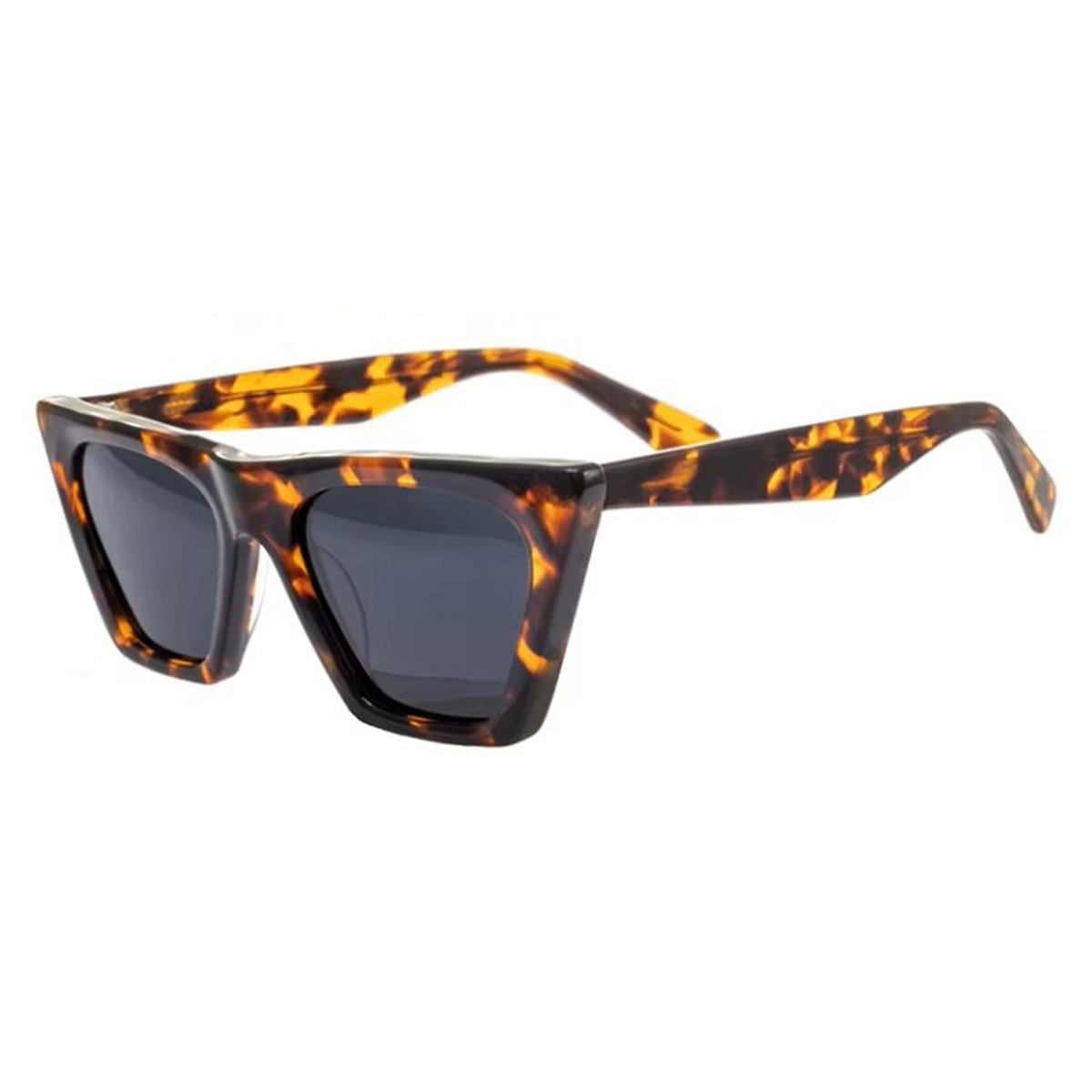How to Choose the Best Sunglasses for Your Face Shape
Selecting the right pair of sunglasses is more than a matter of style; it is a decision that impacts visual comfort, protection from harmful ultraviolet (UV) rays, and overall aesthetic harmony. The key to an optimal choice lies in understanding how different frame designs complement various face shapes.
Understanding the Core Objective: Protection and Precision
Before considering aesthetics, the primary function of sunglasses must be addressed: protection. High-quality sunglasses block 100% of both UVA and UVB rays. Furthermore, lens material, polarization (which reduces glare), and impact resistance are critical factors that contribute to eye safety and visual clarity. These technical aspects form the non-negotiable foundation of any quality sunglasses product.
Analyzing Face Shape and Frame Compatibility
The most effective way to narrow your selection is to identify your face shape and apply classic design principles to create balance.
Round Face:
Characteristics: Fuller cheeks with a wide forehead and a rounded chin. The width and length are roughly equal.
Recommended Frames: Angular frames add definition and contrast the soft curves. Rectangular, square, or wayfarer-style sunglasses are ideal. They help to lengthen the face and create a more structured appearance.
Frames to Consider: Avoid small, round frames that can exaggerate the face's roundness.
Square Face:
Characteristics: A strong, angular jawline, a broad forehead, and the width of the forehead, cheeks, and jawline are similar.
Recommended Frames: Frames that soften the angles are most flattering. Round, oval, or aviator-style sunglasses can add contrast to the pronounced jawline and create a more balanced look.
Frames to Consider: Avoid boxy or sharp square frames that can make the face appear overly harsh.
Oval Face:
Characteristics: Balanced proportions, with cheekbones slightly wider than the forehead, which tapers to a gently rounded chin. This shape is considered the most versatile.
Recommended Frames: Most frame shapes complement an oval face. The goal is to maintain this natural balance. Popular choices include rectangular, aviator, and butterfly shapes.
Frames to Consider: Frames that are too large or overpowering can disrupt the face's natural symmetry.
Heart-Shaped Face:
Characteristics: A broad forehead and high cheekbones that taper down to a narrow, pointed chin.
Recommended Frames: Frames that add width to the lower part of the face help achieve balance. Bottom-heavy frames, round styles, or aviators with a low-set brow bar draw attention downward. Rimless or semi-rimless designs are also effective as they minimize the top-heavy effect.
Frames to Consider: Avoid decorative or heavy top-heavy frames that emphasize the width of the forehead.
Additional Technical Considerations
Beyond shape, several other objective factors contribute to the suitability of sunglasses:
Frame Proportion: The size of the frames should be in scale with the size of your face. The top of the frames should not extend higher than your eyebrows, and the width should not exceed the width of your face.
Bridge Fit: The bridge of the sunglasses must sit comfortably on the nose without pinching or sliding. A proper fit ensures weight distribution and prevents pressure points.
Temple Length: The arms (temples) should be long enough to sit comfortably behind the ears without too much pressure.
The Role of Manufacturing and Material Innovation
The technical execution of these design principles relies heavily on advanced manufacturing and material science. Companies focused on integrated research, development, and production are equipped to create sunglasses that meet these precise requirements. Zhejiang Qiliang Optical Technology Co., Ltd., established in 2013, exemplifies this technical approach. As an integrated enterprise with significant investment in R&D—including material polymerization, modification, and film compounding processes—the company focuses on developing new optical materials that enhance product durability, lightness, and optical clarity. With extensive manufacturing capabilities, including specialized titanium frame production lines and injection molding, such facilities can produce a diverse range of high-quality frames and lenses to cater to the specific functional and stylistic needs outlined in this guide. Their products, which meet international standards for markets like the US, Europe, and Japan, underscore the importance of technical proficiency in creating effective sunglasses.

 Search
Search EN
EN English
English Deutsch
Deutsch Français
Français Español
Español italiano
italiano cn
cn jp
jp kr
kr








